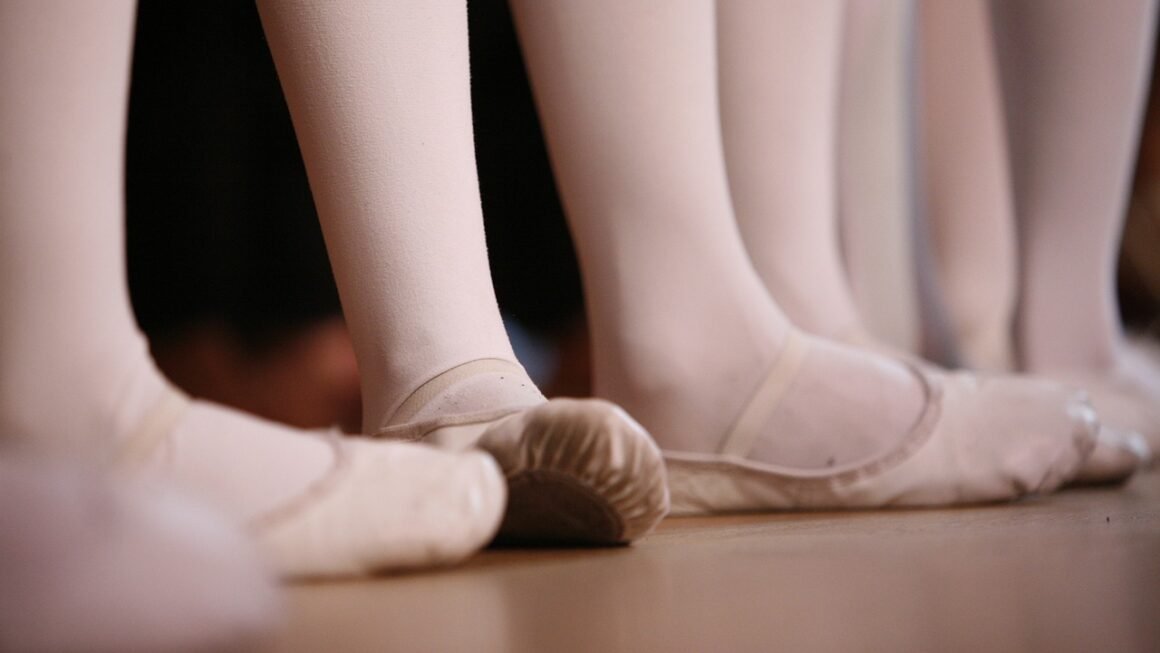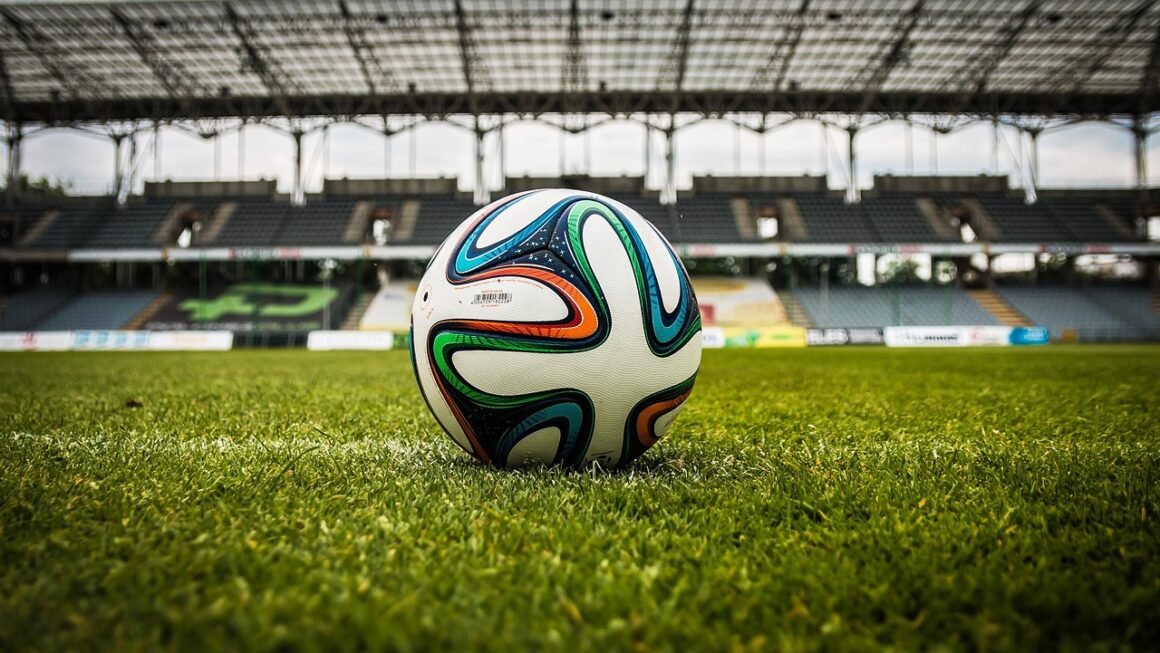Step into the sleek world of rowing, a sport that combines powerful physical exertion with rhythmic grace. Whether you’re aiming to compete at the Olympic level or simply seeking a full-body workout that’s gentle on the joints, rowing offers a unique and rewarding experience. This comprehensive guide will explore everything from the basic techniques to the advanced strategies that make rowing such a captivating activity.
The Allure and Benefits of Rowing
Rowing is more than just pulling on an oar; it’s a full-body symphony. Engaging legs, core, back, and arms in a coordinated effort, rowing builds strength, endurance, and cardiovascular fitness.
Physical Benefits
- Full-Body Workout: Engages approximately 85% of the body’s muscles.
- Low Impact: Gentle on joints, making it suitable for individuals of all ages and fitness levels.
- Cardiovascular Health: Improves heart health and lung capacity. A 2018 study in the Journal of Strength and Conditioning Research showed significant improvements in VO2 max (maximal oxygen uptake) after a 12-week rowing program.
- Strength Building: Develops strength in the legs, back, core, and arms.
- Weight Management: Burns a significant number of calories, contributing to weight loss or maintenance. A moderate-intensity rowing session can burn between 400-600 calories per hour.
Mental and Social Benefits
- Stress Reduction: The rhythmic motion and outdoor setting (for on-water rowing) can reduce stress and promote relaxation.
- Improved Focus: Requires concentration and coordination, enhancing mental focus.
- Teamwork and Camaraderie: Rowing is often a team sport, fostering teamwork, communication, and camaraderie.
- Sense of Accomplishment: Mastering the technique and achieving personal fitness goals provides a sense of accomplishment.
- Connection with Nature: On-water rowing allows for a connection with nature and the outdoors.
Understanding Rowing Equipment and Technique
Whether you’re on the water or in a gym, understanding the equipment and mastering the proper technique is crucial for maximizing performance and preventing injuries.
Rowing Machines (Ergometers)
The rowing machine, also known as an ergometer or “erg,” is a staple in gyms and training centers. Modern ergs provide detailed performance data, allowing athletes to track progress and tailor their workouts.
- Components:
Seat: Slides along a track, allowing for leg drive.
Foot Stretchers: Adjustable footrests to secure your feet.
Handle: Connected to a chain or cord that pulls against a flywheel.
Monitor: Displays data such as stroke rate, distance, time, and power output.
- Popular Brands: Concept2 is the industry standard, known for its reliability and accuracy. Other brands include WaterRower (which uses water resistance) and Hydrow (which offers immersive, on-demand rowing classes).
- Setting the Damper: The damper setting controls the resistance. Higher settings simulate rowing a heavier boat. Experiment to find a setting that allows you to maintain a smooth and controlled stroke.
On-Water Rowing: Boats and Oars
On-water rowing involves various types of boats and oars, each designed for specific purposes.
- Types of Boats:
Single Scull (1x): One rower with two oars (one in each hand).
Double Scull (2x): Two rowers, each with two oars.
Quad Scull (4x): Four rowers, each with two oars.
Pair (2-): Two rowers, each with one oar. One person steers (coxswain).
Four (4-): Four rowers, each with one oar. One person steers (coxswain).
Eight (8+): Eight rowers, each with one oar. One person steers (coxswain).
- Oars: Made from lightweight materials like carbon fiber, oars transfer the rower’s power to the water. The length and shape of the oar can be customized to suit the rower’s size and strength.
- Coxswain: The coxswain steers the boat and provides tactical guidance to the crew.
Mastering the Rowing Stroke: Technique Breakdown
The rowing stroke can be broken down into four phases: Catch, Drive, Finish, and Recovery.
- Catch: The blade enters the water at the front of the stroke. Arms are straight, shoulders are relaxed, and the body is leaning slightly forward.
Focus: Place the blade cleanly in the water without splashing.
- Drive: The legs initiate the power by pushing against the foot stretchers. The back engages as you lean back, followed by the arms pulling the handle towards your chest.
Focus: Maintain a strong and even leg drive throughout the stroke. Keep your back straight and engage your core.
- Finish: The blade is pulled close to the body, the back is leaning slightly back, and the legs are fully extended. The arms pull the handle towards the lower chest.
Focus: Keep your wrists flat and your elbows close to your body.
- Recovery: The reverse of the drive. Arms extend first, followed by a pivot from the hips to lean forward, and then the slide forward as the legs bend. This brings you back to the catch position.
Focus: Move slowly and smoothly during the recovery to conserve energy and prepare for the next stroke.
Training Programs and Workout Ideas
Rowing offers a versatile training platform, suitable for various fitness goals. Whether you’re aiming for endurance, strength, or a combination of both, these workout ideas can help you achieve your objectives.
Erg Workouts
- Endurance Workout:
3 x 20 minutes at a steady pace with 5 minutes rest between intervals. Focus on maintaining a consistent stroke rate and power output. Target heart rate should be in the aerobic zone (60-70% of your maximum heart rate).
- Interval Training:
8 x 500 meters at a high intensity with 2 minutes rest between intervals. Focus on maximizing power output during each interval. Aim for a stroke rate above 30 strokes per minute.
- Pyramid Workout:
250m, 500m, 750m, 1000m, 750m, 500m, 250m with 1 minute rest between each interval. Vary the intensity to challenge your cardiovascular system.
- Beginner Workout:
5-minute warm-up (light rowing).
10 x 1 minute rowing with 1-minute rest. Focus on maintaining good form and a consistent stroke rate.
5-minute cool down (light rowing).
On-Water Training
- Distance Rows: Focus on building endurance by rowing long distances at a steady pace. This helps improve cardiovascular fitness and rowing efficiency. Aim for distances of 5-10 kilometers or more.
- Sprint Work: Practice rowing at maximum effort over short distances (e.g., 250m, 500m). This improves speed, power, and anaerobic capacity.
- Technical Drills: Focus on specific aspects of the rowing stroke, such as the catch, drive, or finish. Drills can help improve technique and efficiency. Examples include:
Arms-Only Rowing: Focuses on engaging the arm muscles effectively.
Legs-Only Rowing: Emphasizes leg drive and power.
* Back-Only Rowing: Enhances back engagement and core stability.
- Combination Workouts: Blend distance rows, sprint work, and technical drills into a comprehensive training session. This provides a well-rounded approach to improving rowing performance.
Cross-Training for Rowers
Complement rowing with other forms of exercise to improve overall fitness and prevent injuries.
- Strength Training: Focus on exercises that strengthen the muscles used in rowing, such as squats, deadlifts, lunges, rows, and core exercises.
- Flexibility Training: Stretching exercises can improve flexibility and range of motion, reducing the risk of injuries. Focus on stretching the hamstrings, hip flexors, back, and shoulders. Yoga and Pilates are excellent options.
- Cardiovascular Training: Supplement rowing with other forms of cardio, such as running, swimming, or cycling. This helps improve cardiovascular fitness and endurance without overworking the rowing muscles.
Common Rowing Injuries and Prevention
Like any sport, rowing carries a risk of injury. Understanding the common injuries and taking preventative measures can help you stay healthy and enjoy rowing for years to come.
Common Injuries
- Lower Back Pain: Often caused by poor posture, improper technique, or overuse.
- Rib Stress Fractures: Common in rowers due to repetitive stress on the ribs.
- Wrist Tendonitis: Inflammation of the tendons in the wrist, caused by repetitive hand movements.
- Knee Pain: Can result from improper leg drive or overuse.
- Blisters: Common on the hands due to friction from the oars.
Prevention Strategies
- Proper Technique: Emphasize learning and maintaining correct rowing technique to reduce strain on the body. Seek guidance from a qualified coach or instructor.
- Warm-Up and Cool-Down: Always warm up before rowing to prepare the muscles and joints for exercise. Cool down afterwards to promote recovery and reduce muscle soreness.
- Stretching: Regularly stretch the muscles used in rowing, including the hamstrings, hip flexors, back, and shoulders.
- Strength Training: Strengthen the muscles used in rowing to provide support and stability to the joints.
- Proper Equipment: Use correctly sized and adjusted equipment, such as oars and foot stretchers.
- Gradual Progression: Gradually increase the intensity and duration of your workouts to avoid overstressing the body.
- Rest and Recovery: Allow adequate rest and recovery between workouts to allow the body to repair and rebuild.
- Hydration and Nutrition: Stay hydrated and eat a balanced diet to support muscle function and recovery.
- Hand Care: Use gloves or tape to protect your hands from blisters.
Competing in Rowing: From Beginner to Elite
Rowing offers opportunities for competition at all levels, from local regattas to the Olympic Games. Understanding the different levels of competition and how to prepare can help you achieve your rowing goals.
Levels of Competition
- Recreational Rowing: Non-competitive rowing for fitness and enjoyment.
- Club Rowing: Rowing at local rowing clubs, often involving recreational and competitive programs.
- High School Rowing: Competitive rowing programs offered at high schools.
- Collegiate Rowing: Competitive rowing programs offered at colleges and universities.
- National Team Rowing: Elite-level rowing representing a country in international competitions, such as the World Championships and Olympic Games.
Preparing for Competition
- Training Program: Follow a structured training program designed to improve your rowing performance. This should include a mix of endurance training, interval training, strength training, and technical work.
- Technical Proficiency: Master the rowing technique to maximize efficiency and power output. Work with a coach to identify and correct any technical flaws.
- Physical Fitness: Develop a high level of physical fitness, including strength, endurance, and cardiovascular fitness.
- Mental Toughness: Cultivate mental toughness to overcome challenges and perform under pressure. This includes developing focus, concentration, and resilience.
- Nutrition and Hydration: Optimize your nutrition and hydration to fuel your workouts and promote recovery.
- Recovery: Prioritize rest and recovery to allow the body to repair and rebuild.
- Race Strategy: Develop a race strategy that takes into account your strengths and weaknesses, as well as the conditions of the race.
- Equipment Preparation: Ensure that your equipment is in good condition and properly adjusted for the race.
Conclusion
Rowing offers a comprehensive and rewarding experience for individuals of all ages and fitness levels. From the full-body workout and cardiovascular benefits to the mental focus and social connections, rowing provides a unique and enriching activity. By understanding the equipment, mastering the technique, and following a structured training program, you can unlock the full potential of rowing and achieve your fitness goals. Whether you’re aiming to compete at the highest level or simply seeking a challenging and enjoyable workout, rowing has something to offer everyone. So, grab an oar, hit the water (or the erg), and experience the power and grace of rowing for yourself.



